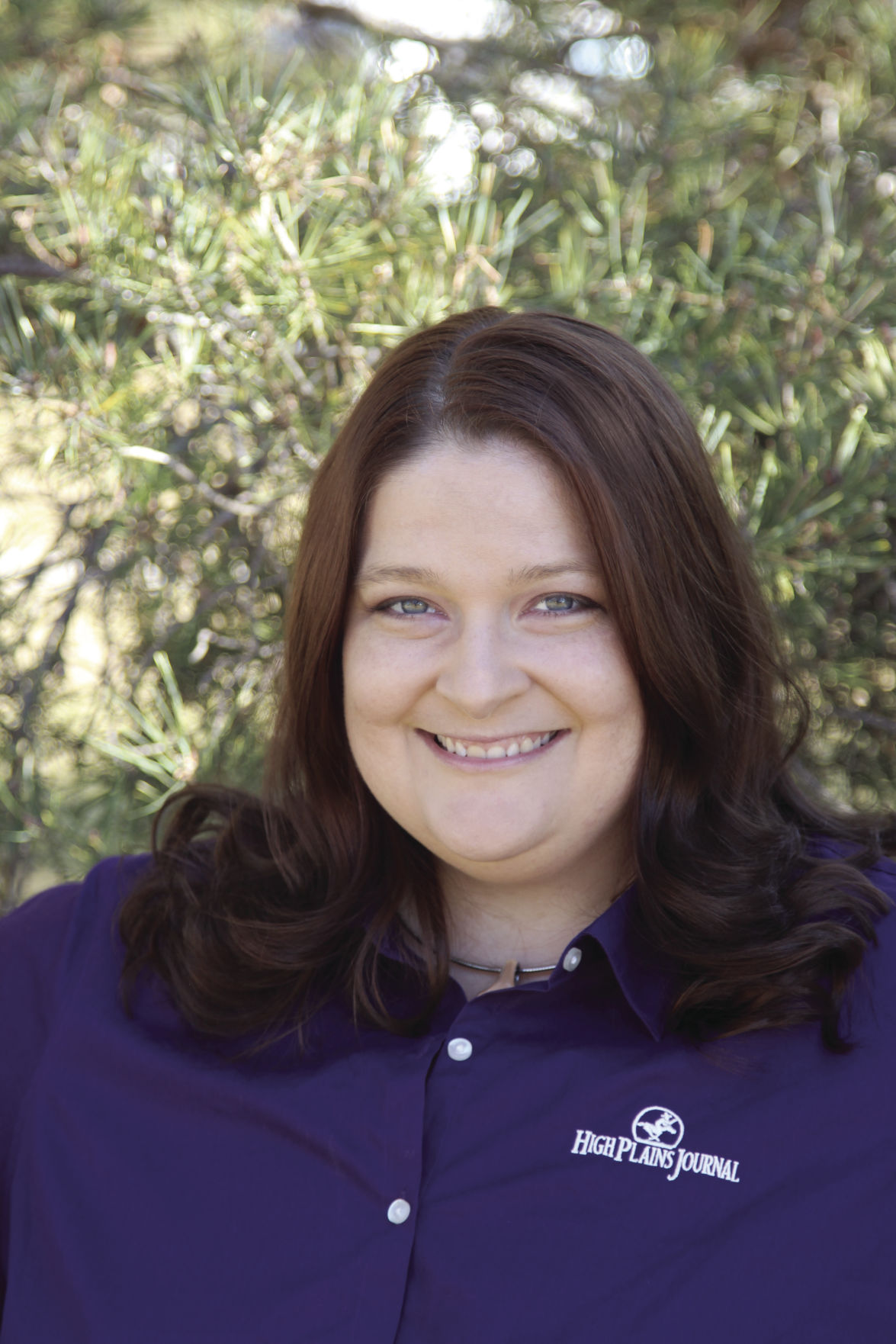As I type this I’m sitting warm and toasty at my desk looking out my picture window at the snow falling in Dodge City. Centimeter by precious centimeter it’s accumulating on the ground, creating both a picturesque blanket and a precious moisture source for the crops and lawns in southwest Kansas.
I’m so relieved to see it, I won’t even mind shoveling the sidewalk later.
I sit here watching the flakes fall, and I marvel at the journey that brought them to my yard in Dodge City. Years ago in an elementary science lesson we learned the steps of the hydrologic cycle. The process where water droplets on the ground or in bodies of water evaporate and turn into water vapor, which is then carried by the wind and clouds until it turns into condensation. The condensation then falls as rain or snow onto the earth where it may be absorbed into the ground and taken up by plants and animals. Those plants and animals then respire and shoot the water back into the atmosphere through evapotranspiration. At which point the process starts all over again.
I remember when we learned about the hydrologic cycle in that elementary science lesson, the teacher emphasized that we can’t ever know exactly where the rain and snow that falls upon us came from, but isn’t it awesome to think about where it’s been?
The snowflakes I’m seeing out my window today in Dodge City may have originated from halfway across the globe from a lake in New Zealand months ago. They may have started as ancient water deposits drawn up from the Ogallala Aquifer last summer and then applied to cornfields in the High Plains. Maybe some came from high atop the Himalayans, or from the Amazon River, or the even from the heart of the Congo.
Maybe they were helpful, and at one point were part of the Mississippi River carrying barges of grain to ports. Maybe they had a touch of wildness, and in their previous life they were part of the Bering Sea’s giant waves that crab fishermen had to brave. Maybe they were once destructive, carried here on the winds of a hurricane, or they were part of a great flood that swept away houses.
Before that water vapor joined with tiny particles of dust and made crystals that fell miles back down to the earth and made up the piles of snow on my sidewalk, each droplet had a previous purpose. And after they melt here, some of those water droplets will go on to bigger and better things.
Some will stick around and get absorbed into my soil, where my grass and my trees and perennials will soak them up in preparation for next spring. Some will melt and make their way into our storm drainage system, where they’ll go to a water treatment plant and may be used to water crops and livestock. Some droplets might even make their way back into the aquifers, to be used in the future. And, some will evaporate and return to the clouds, journeying on to their next destination.
Every water drop plays its part in the big grand scheme of things.
That teacher years ago also said we humans are a lot like water droplets—we all start out from so many different places, and our journeys are somewhat up to chance. But along the way we have the power in us to do great things. We can be beneficial doing good works, or we can be destructive and use our talents to harm others. And each choice has ripple effects in the system.
Unlike water droplets, though, we humans have a say in our destinies. We choose where we’ll go and what we’ll do.
A new year is just days away. I don’t know what is in store for us, but for sure I can predict that there’s going to be challenges and opportunities for us to use our talents for good works or for harm.
Here’s hoping that we choose wisely.
Jennifer M. Latzke can be reached at 620-227-1807 or [email protected].

